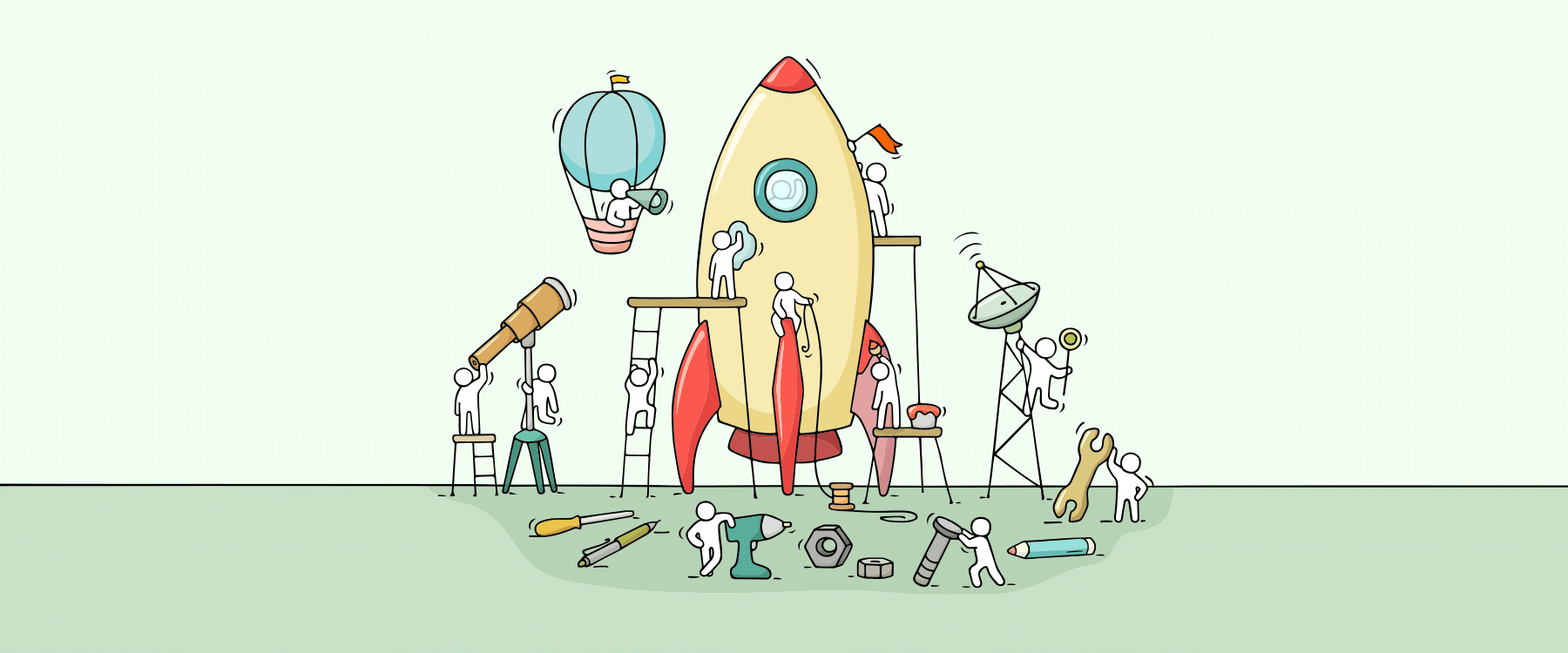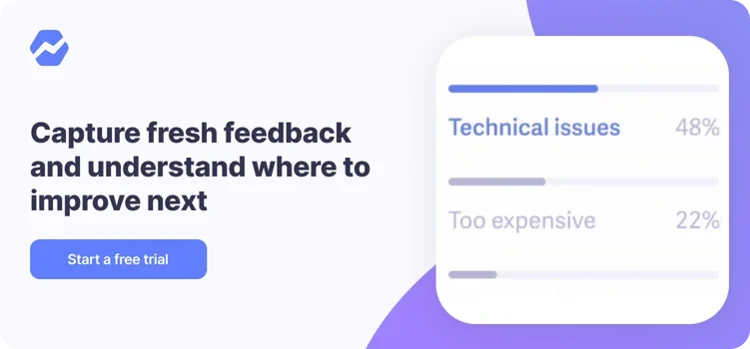Table of Contents

SaaS valuations have been in the epicenter of the hottest and most ambiguous debates among small business entrepreneurs, investors and advisors for years. With SaaS valuations currently ranging between 3 to 6 times annual SDE (Seller Discretionary Earnings), the ultimate difference can be significant to the business owner.
Therefore, it is important to know which metrics matter most for increasing a SaaS business valuation, and what you can do to optimize these metrics.
What matters most
To ease the minds of curious SaaS business owners, we have put together a high-level list of the most important valuation criteria for SaaS businesses.
Age of the business
A SaaS business with a longer track record demonstrates to a buyer that it has proven sustainability, and is easier to predict in terms of future profit.
Businesses that are 2 years old are the preferred minimum entry point, and at 3+ years they start to receive more of a multiple premium. Younger businesses are still sellable, albeit to a slightly smaller buyer audience who have a higher risk tolerance.
Owner involvement
Part of the appeal of running a SaaS business is the potential for passive income. Businesses that require relatively little time (e.g. 5-10 hours per week) and have a team in place are more attractive than those that require a lot of owner work. Outsourcing can help here (see more on that below).
The other consideration here is the technical involvement of the owner. If the buyer must replace an owner who is performing a highly skilled role, this will either increase the replacement cost or put off non-technical buyers, which reduces overall demand for the business.
Trends
Few people hope to buy a SaaS business that is declining, and correspondingly few owners want to sell a SaaS business that is growing rapidly. The key is to sell a business that is trending consistently and, ideally, modestly upward.
Naturally, the faster the business is growing, the more the multiple will stretch toward the premium end.
SaaS Metrics
Your metrics are of vital importance to the success of SaaS businesses; consequently, buyers take great interest in them when analyzing a business.
Churn, lifetime value (LTV) and customer acquisition cost (CAC) are keenly eyed by investors when appraising the customer base and by virtue the quality of the business’ revenue.
Common threads with high SaaS valuations
Apart from the metrics above, there are various other important factors that are typically considered in the valuation process. Based on the data from the last 50 SaaS businesses sold at FE International ranging from $20,000 to $20,000,000, there are some of the common threads of premium SaaS valuations.
Customer Acquisition Channels
Acknowledging the higher rate of churn that smaller, SMB-facing SaaS businesses experience, customer acquisition is understandably a focal point for evaluating the longevity of these businesses.
If a business is losing 30-50% of its customers per year, the only option is to add a significant number of new customers each month to counteract the loss (at least in the short to medium term).
Customer acquisition channels of a SaaS business are thus of great importance to investors. Buyers tend to evaluate these in terms of concentration, competition and conversion.
-
Concentration. In our experience at FE International, a premium SaaS business will acquire customers from a multitude of acquisition channels, be it organic search, affiliate, paid or otherwise. Having a diversity of channels not only reduces the dependency on one channel but also proves its monetization in multiple ways. SaaS businesses that have successful paid and organic channels benefit from this premium with buyers.
-
Competition. The ability to defend each acquisition channel is of interest to investors when evaluating their strength. If the business has a strong backlink profile and ranks well for a high number of relevant keywords this is considered a strong, defendable platform for organic customer acquisition. On the flip side, if the business is engaged in price-wars in paid search with competitors, this is understandably considered a weaker acquisition channel.
-
Conversion. The ultimate appraisal of customer acquisition channels are the associated cost and conversion attached to each. Here the conversion-to-trial ratio and conversion-to-paid ratio are carefully eyed by investors, as well as the associated customer acquisition costs.
Product Lifecycle
When a SaaS business comes to market, it is recommended to have the product at a high point of its development life-cycle; in other words, not requiring a major update any time soon. This gives the new owner some runway ahead of any major development and provides some comfort that the seller hasn’t simply given up on the business and is passing over ownership at a time when the product needs care and attention.
Technical Knowledge
The amount of owner involvement in the business and particularly the nature of the work can be a nuanced valuation factor for SaaS businesses. At first this might seem counter-intuitive to a SaaS entrepreneur. More technical input from the owner (i.e. development) suggests a sophisticated product, which implies unique IP and a high-quality product. This could be true, however a new owner still needs to either be able to do the same work themselves or pay for someone else (at a high cost).
Factoring this into the SDE will ultimately lower the valuation. To put it into context, of the last 25 SaaS sales at FE International, 65% sold to new owners who would describe themselves as non-technical.
SaaS businesses that therefore place the burden of development work on reliably outsourced contractors will benefit from a perceived easier transfer of ownership and a greater pool of buyers.
Competition
Buyers strongly weigh competition in the niche when evaluating a SaaS business due to the high number of VC-funded players in the industry coupled with high development costs associated with this business model.
A smaller SaaS business in a highly competitive niche will tend to find itself under-funded and unable to compete with the development efforts and features of better-funded, VC-backed SaaS companies.
Increasing the value
Well, now what? A properly planned and executed exit strategy can help an owner add hundreds of thousands of dollars of value to their business. With the above factors in mind, what can a business owner do to increase the value of their SaaS business?
In an ideal world, there would be a set checklist for how to address each problem. Not all the valuation factors are addressable—for example, there is nothing you can do about the competition in the niche.
That said, there exists a number of strategic moves you can make to increase the value of your SaaS business.
1. Reduce Churn
As a critical aspect of SaaS valuations, churn is the most important element to optimize. There are many ways to reduce churn. Here is some of the best writing on the topic…
-
3 Things We Did to Reduce Churn By 68% — Josh Pigford, Founder of Baremetrics, discusses a suite of tactics that helped reduce churn, including, controversially, requiring users to contact them to cancel.
-
How One SaaS Startup Reduced Churn 71% Using “Red Flag” Metrics — Alex Turnbull, Founder of Groove, discusses an analytics-based approach to reducing churn by detecting when a customer is about to cancel their subscription and proactively preventing it.
-
Customer Onboarding: Your Secret Sauce to Reducing SaaS Churn — A number of larger SaaS companies talk about the importance of on-boarding, and this authoritative post discusses in detail the refinements that SaaS owners can make to customer on-boarding, including feature education and upselling.
2. Outsource Development and Support
There is both a “passivity premium” and a non-technical premium that can be attached to SaaS businesses that have effectively and reliably outsourced development and customer support. Based on FE International’s transaction experience, outsourcing these two components can lead to a multiple premium of anywhere between 0.5x – 0.75x. It can also reduce the buyer’s assumed owner replacement cost which lifts the business’ earnings for multiplication and thus the valuation even higher.
This double-win means that effective outsourcing is one of the greatest levers of value for SaaS business owners. That said, the focus should be on effective and proven outsourcing—a haphazard attempt to move customer support to an unproven call center in the Philippines will not be regarded favorably for the business valuation.
3. Secure Intellectual Property (IP)
It might seem obvious, but a surprising number of business owners fail to properly secure their intellectual property ahead of a sale, which can have detrimental effects on the M&A transaction. Securing IP is very important for SaaS businesses, particularly for transactions greater than $500K where the check being written starts to become significant.
You can apply for a trademark through the United States Patent and Trademark Office. Trademarks tend to be easier, shorter and less expensive to apply for than patents.
Securing IP doesn’t just stop at trademark filing. Any individual that was involved in writing code or developing the product should be asked to sign an IP assignment for their work. This is particularly relevant to contractors hired from freelancer marketplaces as well as any other third-party company used.
4. Document the Source Code
Well-documented, annotated and tested source code is a distinguishing factor of premium-valued SaaS businesses. Particularly on the upper end ($500K+), well-documented code is a must-have for investors that are looking to scale the business into 7-figures and beyond.
5. Position the Product
Where the product is in its development cycle is important to investors and influential on the exit multiple. Business owners plotting a sale should think about planning their next major upgrade 3-6 months ahead of putting their business on the market.
This has a number of short and medium-term benefits: it brings some immediate additional earnings to the current owner, elevates the earnings (the SDE), and creates positive customer feedback (and potentially PR) as well.
6. Avoid Discounting
Tempting as it can be, launching an unprecedented sale of annual plans to book a large amount of revenue ahead of a sale is not a wise strategy. Business owners have been known to use this approach to inflate the valuation and generate additional cash. Unfortunately, experienced buyers see through this strategy and either discount the relevant months or steer clear of the sale entirely.
Unserved portions of packages sold on annual plans are often rebated to a new owner, so this is a pointless exercise. The key to a successful exit is to continue to run the business in a similar fashion in the months before and during the sale.
Talk with an advisor
The best way to get a good sense on your business valuation and how to increase it is to speak with an M&A advisor. A qualified advisor will be able to calculate your profit (SDE) accurately, counsel on the applicable multiple based on their assessment of the business and previous transactions, and come up with the recommendations to increase the multiple.
Even if you’re just thinking about selling your company, talking with an M&A advisor can help you figure out exactly what to improve in the coming months to make your SaaS company more valuable.



